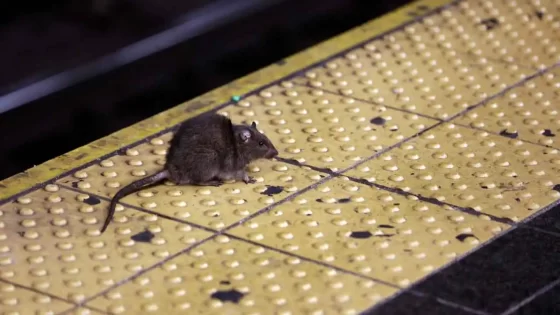Downsized engines, a reduction in aerodynamics and a total ban on ride-height devices are among the new regulations set to reshape MotoGP in 2027, after the series announced a suite of sweeping changes on Monday.
MotoGP has used 1000cc four-stroke engines since 2012, but will change to 850cc engines for 2027 in order to reduce the top speeds of the motorcycles to improve safety at several of the sport’s traditional circuits, with bikes hitting 360km/h at Mugello in Italy in recent years.
The maximum bore in 2027 will reduce from 81 to 75mm, to also limit performance.
Every MotoGP qualifying, practice and race LIVE and ad-break free from lights out to the chequered flag. New to Kayo? Start Your Free Trial Today >
Previously, MotoGP employed 800cc engines from 2007-11, while 900cc engines were used from the advent of the MotoGP era (from the 500cc world championship) between 2002-06.
AERODYNAMICS REGS TIGHTENED
Aerodynamic regulations, the area which has become the primary battleground for the sport’s five manufacturers in recent years, have been tightened from 2027 onwards, with reductions to the size of the maximum permitted width of the high portion of the front fairing aero body (by 50mm), a narrowing in the maximum width of the rear (by 100mm) and the nose of the bikes being moved back 50mm all part of the changes.
MORE MOTOGP NEWS
WORST YEAR SINCE FIRST YEARInside Aussie’s ‘rock-bottom’ MotoGP season start
‘WE ARE COMING FROM THE S**T’Marquez on bounce-backs, podiums and MotoGP title chances
Under current rules, aerodynamic homologation only applies to the front and sides of the bikes, leaving manufacturers to come up with ever-more complex aero solutions to the rear of their machines, most of which now feature rear wings more akin to miniature F1 cars.
The proliferation of ever-more complex aero devices on the bikes in recent years has increased speeds but had a negative effect on the racing spectacle, with riders citing ‘dirty’ air in the outwash from the myriad aero devices as being an impediment to overtaking, while spiking the tyre temperatures of bikes following a rival in close proximity.
Rear ride-height devices, originally developed to help control wheelies off a standing start but now employed more widely by riders to control the exit on every corner, have been banned altogether to place the skill in exiting corners back into the riders’ hands. A ban on front ride-height devices came into effect this season.

FEWER ENGINES, LIGHTER BIKES
More minor changes set to come on stream in 2027 reduce the number of engines each rider can use per season from seven to six if the calendar stays at 20 races, or from nine to seven if the calendar is 21 or more races long.
Last week’s postponement – and likely cancellation for a second straight year – of the inaugural Kazakhstan Grand Prix set for June because of flooding near the city of Almaty has reduced this season’s schedule to 20 rounds.
The 2027 bikes will be four kilograms lighter (from 157 to 153kg), while fuel tank capacities will be reduced to 20 litres for a Grand Prix and 11 litres for a sprint race, down from 22 and 12 respectively.
MORE MOTOGP COVERAGE
SPANISH GRAND PRIX TALKING POINTSBagnaia’s 97 seconds of genius, Zarco slams stewards
BEST IN A GENERATIONHow Pedro Acosta’s rookie season rates
Also for 2027, 100 per cent sustainable fuels will be used – this year’s regulations employ fuels that are made up of 40 per cent non-fossil fuel – while GPS data from all riders will be made available to all teams at the end of each on-track session.
In a press release detailing the 2027 changes, MotoGP said the new regulations will “make the sport safer, more sustainable and even more spectacular, and the bikes will ”be more road relevant and more efficient, powering global sustainability, and are designed to create even better racing and even more overtaking.“
The 2024 season continues this weekend with round five at Le Mans in France.
Source Agencies


